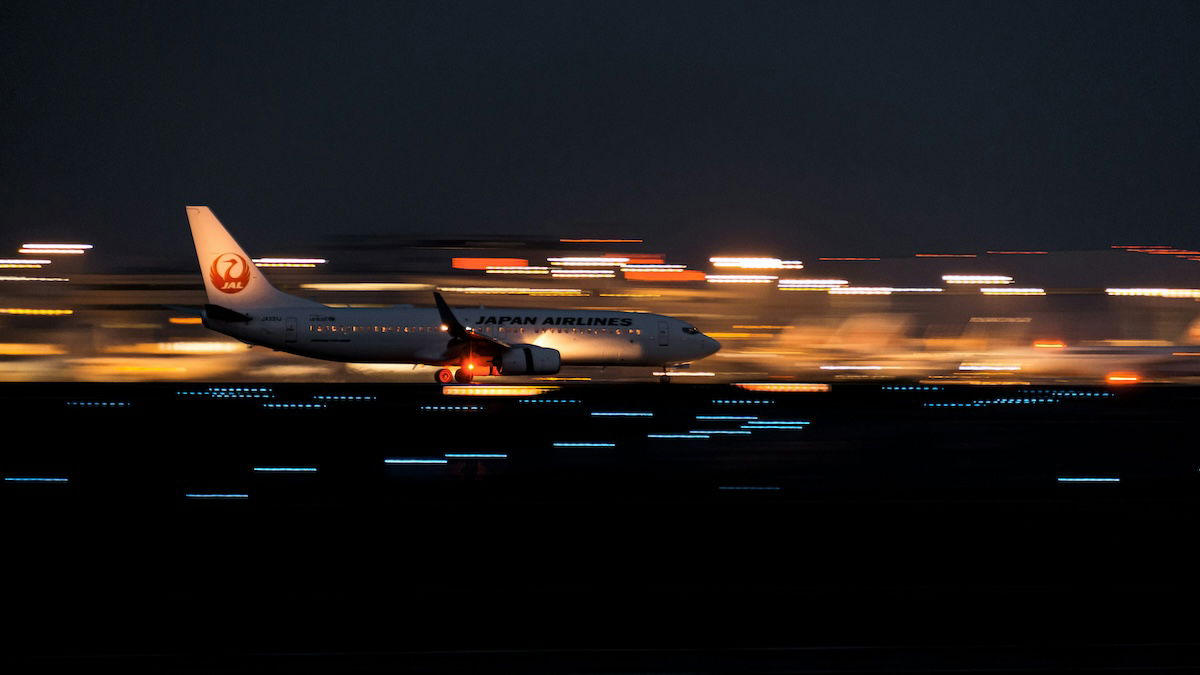On weekends, I’ll often be at the local airport, photographing military, civilian, and commercial planes as they take off and land. There’s something beautiful about these hulking beasts moving through the sky. Humans and machines together performing unbelievable feats!
My love of photography and aviation has always blended seamlessly. Aviation photography is an unusual subject, which is great for your portfolio. It also broadens your photographic skills across various niches, from abstract to documentary.
It also gets you out of your comfort zone! But our post makes that jump into the unknown a little easier. We provide you with all you need to know to get started with aviation photography, including tips for shooting at airports and airshows.
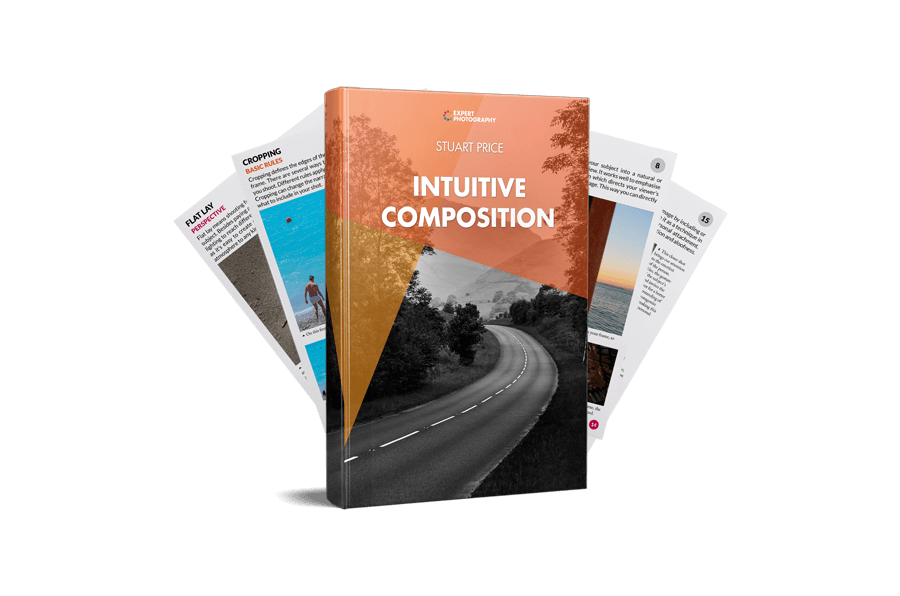
- Transform mundane scenes into stunning images easily.
- Master 134 composition rules with an easy-to-follow eBook.
- Keep essential tips handy with printable cheat sheets.
What Is Aviation Photography?
Aviation photography is the art of capturing stunning images of aircraft in flight or on the ground. It showcases their breathtaking maneuvers and engineering marvels. It requires a keen eye for detail, patience, and the ability to anticipate the perfect moment.
We take you through selecting the right equipment to mastering composition techniques. You can then start capturing stunning images of planes soaring through the sky! Use these links to jump to the section you want:
- Photography equipment and accessories
- Camera settings
- Finding a spot to shoot from
- Composition
- Airport restrictions and security

Photography Equipment and Accessories
The best photography equipment for aviation photography varies for each photographer. I can include a camera with a fast shutter speed and a long telephoto sports lens to capture crisp aircraft details from a distance.
A sturdy tripod, remote shutter release, and camera filters can enhance your shots. They let you freeze high-speed action and best control lighting conditions. But I don’t find a tripod much use unless you want to photograph a time-lapse image at an airport.
I suggest you stay on the move and photograph different angles and perspectives. This is especially true at airshows, where you can get up close and personal with the aircraft.
The Best Lens for Plane Photography
You often see a thick row of photographers armed with telephoto or super-telephoto lenses at the front line of an airshow. Depending on the airshow, aircraft performing in an air display will be out of the reach of a standard zoom lens.
But telephoto lenses are expensive and heavy. Plenty of creative options remain if you can’t afford one like me. Aviation photography can all be about creativity.
I shoot with my old faithful, a Canon EF 24-105mm lens. It has quite a good reach and makes for a great general-purpose lens. Also, it’s relatively light and ideal for trekking around airshows all day.
Choose a lens you are most comfortable with. If you can’t photograph an aircraft from greater distances, there are plenty of ways to compensate—and we’ll get to those a little later. We recommend wide-angle telephoto zoom lenses.




Recommended Accessories
Like aviation, one golden rule of aviation photography is to come prepared.
Binoculars help you prepare for a shot in advance. Some aircraft zip by, leaving only a one-second or two-second window for photo opportunities. And be sure to take extra camera batteries and memory cards.
Pack some sunscreen, sunglasses, and a hat if you plan to be out in the sun. Wear comfortable shoes, especially at airshows. Aviation photography involves a lot of walking around. Pack a tasty picnic and a camping chair if you’re making a day of it!



Tracking Apps and Websites
You can track incoming air traffic with online websites or apps like Flightradar to get the best pictures. You can also check flight listings online.
There are sometimes live feeds of aviation communications online. But be careful not to use up a lot of data. Try to connect to Wi-Fi whenever possible.
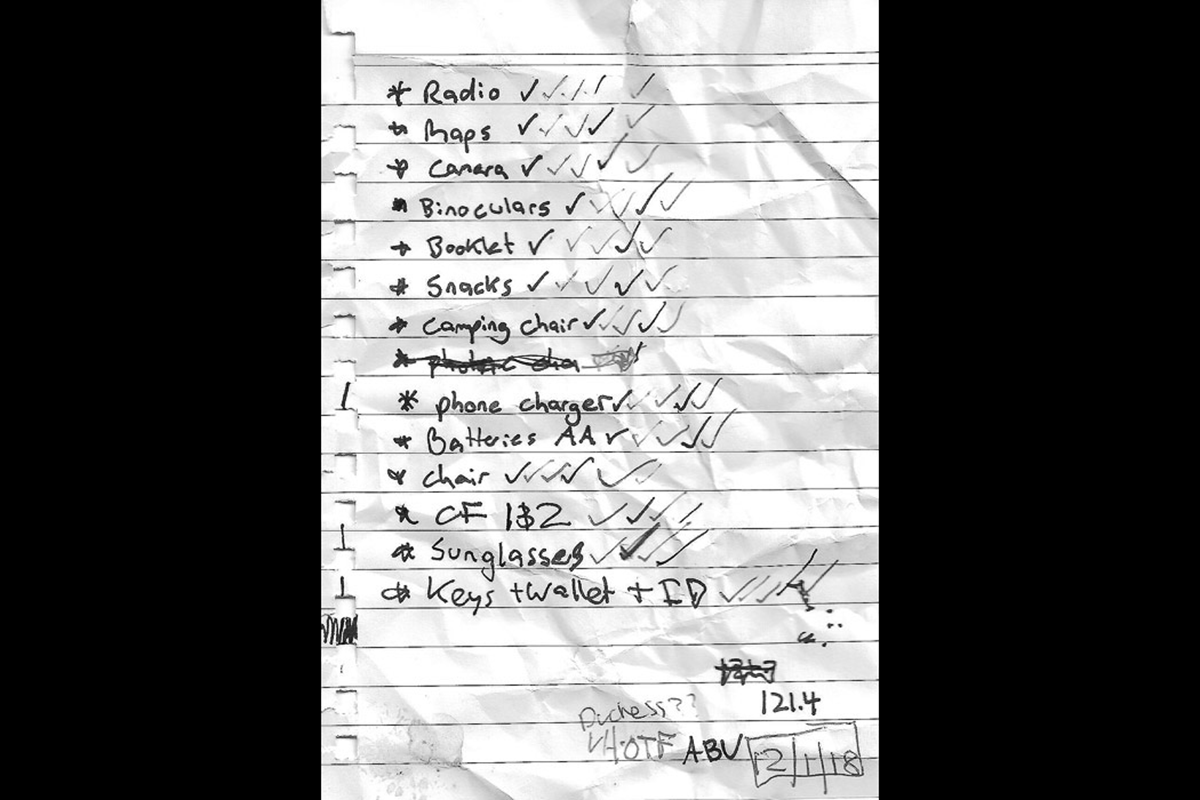
Best Camera Settings for Aviation Photography
Let’s review plane photography’s best metering, shutter speed, and aperture settings.
Light Metering
Aviation photography can be done outdoors or indoors (like in museums). To ensure the correct exposure, you must accurately measure the varying light levels in a scene.
Center-weighted metering is ideal because the exposure is calculated by reading the center of a given image. This means that the center of the image is prioritized in terms of exposure and delivers a nice, evenly-lit scene.
Shutter Speed
Shutter speed for aviation photos rarely differs from settings in other sports niches. The shutter speed depends on your subject’s speed, ranging from super fast to dauntingly slow. You may want to pan to create more movement, which requires a slower shutter speed.
Select a higher shutter speed to suspend an aircraft in the sky or one touching down. I stick to shutter priority mode to easily switch between fast and slow exposure.
I also turn on continuous shooting mode, the best shutter mode for high-speed action photography. Continuous shooting lets you quickly capture numerous photos by holding the shutter button.
At an airshow, you never quite know what you’ll see next. So, having your shutter ready helps you capture that unique shot.
For aircraft with propellers, try to avoid very high shutter speeds exceeding 1/1000 s (seconds). This can result in unnaturally frozen blades, making the aircraft look like it’s about to fall out of the sky!
Aperture
Your camera’s aperture is a fantastic tool in aviation photography. This is because aircraft have so many lines you can follow down the frame.
Judge the depth of field of stationed aircraft using your creativity. Moving around your subject can inspire interesting and creative angles. Using a wide aperture to create a shallow depth of field can greatly enhance your photos.
(Left) Daniel Eledut, Canon EOS Rebel T2i, 280mm, f/4.0, 1/500 s, ISO 200. (Middle) Sora Sagano, Fujifilm X-T4, 200mm, f/4.8, 1/12 s, ISO 1,600. (Right) Peter Pryharski, Nikon Z6, 200mm, f/2.8, 1/8,000 s, ISO 450. (Unsplash)
Spots to Capture Plane Photography
After you’ve sorted your kit and camera settings, getting started with aviation photography is simple. Grab your camera and head out to an airport or airshow.
Most aircraft at airports are commercial or light aircraft, whereas airshows have more unusual planes on display. Moreover, larger airports can have areas dedicated to plane spotting.
Googling your local airport usually indicates where to find a good spot to shoot from. Make sure to check the direction of the wind as well. It can influence where aircraft take off and land on a runway.
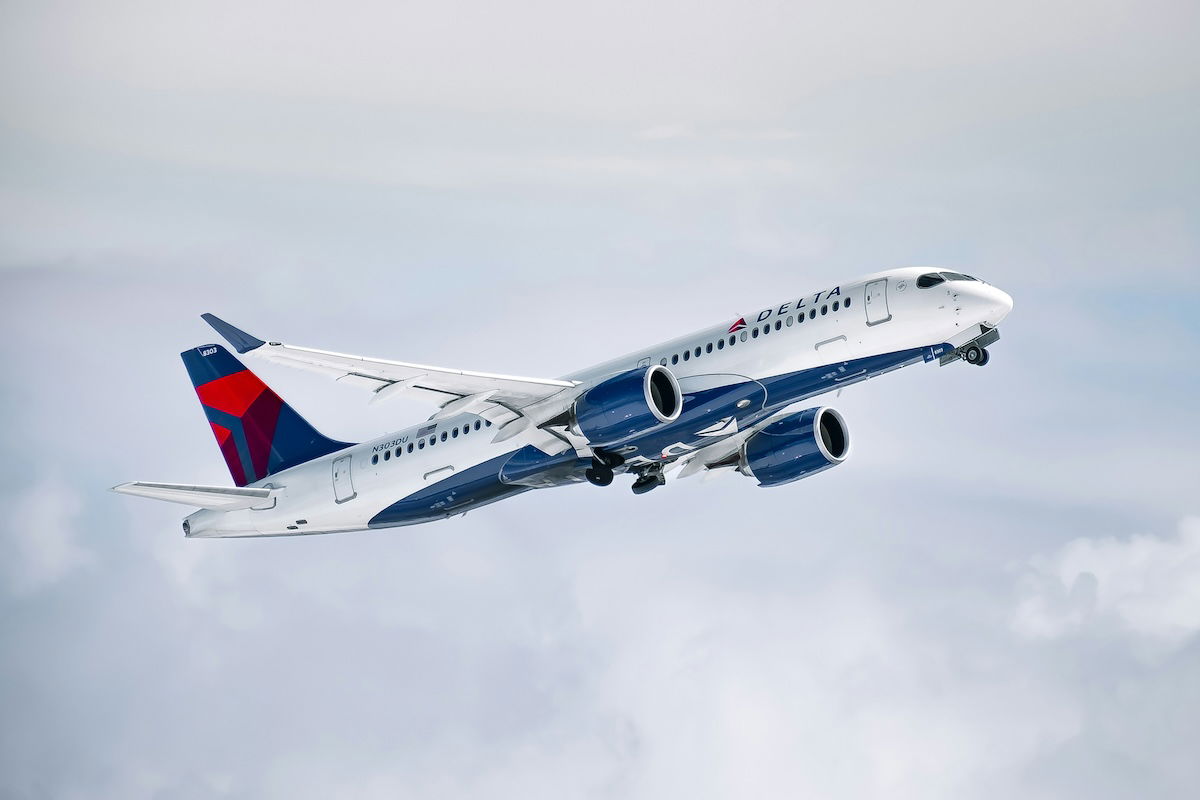
Take-offs, Landings, and Fly-bys
This might surprise people, but you don’t need a giant lens to be a great aviation photographer. Seek moments when aircraft fly lower than usual, like take-off or landing at airports.
I prefer to take photos of aircraft landing at airports. But you may want to shoot side-on or at a steeper trajectory on take-off. It comes down to your preference. Position yourself beneath or slightly to the side of flight paths and use designated plane spotting sites.
Take advantage of “dirty passes” at airshows where an aircraft engages its landing gear to fly very low and slow. These passes are often performed at airshows so the audience can get a good look at an aircraft in flight.

Planes on the Ground
Another thing to remember is that aviation photography isn’t confined to photographing aircraft in the air! Much of my aviation photography is of aircraft on the ground. This lets us focus on the more subtle qualities of aircraft.
Many people don’t get to encounter a plane up close. If you photograph the details of one, it provides a unique insight to a viewer.
Every aircraft is different, so try to hone in on some interesting quirks, shapes, patterns, or textures. This way, you can create some inspiring abstract photographs. They look especially great in a series.
(Left) Chris Leipelt, Canon EOS 7D, 100mm, f/9.0, 1/200 s, ISO 100. (Right) Daniel Shapiro, Fujifilm X-T1, 70mm, f/9.0, 1/450 s, ISO 200. (Unsplash)
Plane Photography Composition
Line, shape, form, texture, pattern, color, and space are the building blocks of photography. Aviation photography is no different. As I mentioned before, focusing on detail is important to showcase the unusual nature of our flying machines.
Close-up photographs of rivets, paint, and mechanics can create abstract images. Photographs of aircraft from a distance can emphasize elaborate shapes and forms. Give yourself time to compose images, and don’t be afraid to experiment a little.
Don’t limit yourself to photographing planes only, either. The symbiosis between aircraft and people is a fascinating relationship. Try photographing people interacting with planes and see if you can create a more dynamic series of images.
(Left) Kim Tunger, Nikon D850, 70mm, f/11, 1/320 s, ISO 160. (Right) Eliézer Fernandes, Sony a7C. 60mm, f/5.6, 1/80 s, ISO 100. (Unsplash)
Take a Step Back for Wider Shots
Sometimes, it’s easy to get caught up in photographing an event, so much so that we forget to enjoy our surroundings outside the camera frame. Even if you are concerned about getting that perfect shot, remember to take some time to look around.
Avoid photographic tunnel vision. Try to view scenes with fresh eyes. This may reveal shots you have missed before and lead to spotting more photographic opportunities.
Another trick to aviation photography is taking advantage of your surroundings. See if you can add extra detail to an image using the surrounding environment. Puddles, puffy clouds, and landmarks can be incorporated into your image to create a more meaningful story.
Airport Restrictions and Security
The days when a photographer passionate about aviation could have a quick look around a hangar are gone. Pilots and maintenance crew no longer invite people in for a chat. Security has increased, and knowing where you can and can’t be at an airport is a good idea.
Don’t trespass on off-limit locations (usually indicated with signage). And be sure to keep your photo ID with you.
In my experience, I’ve been able to park under the flight path with no issues. More often than not, security has approached me out of curiosity rather than concern. But this is not true for every airport. Cooperate with security, and you’ll be fine!
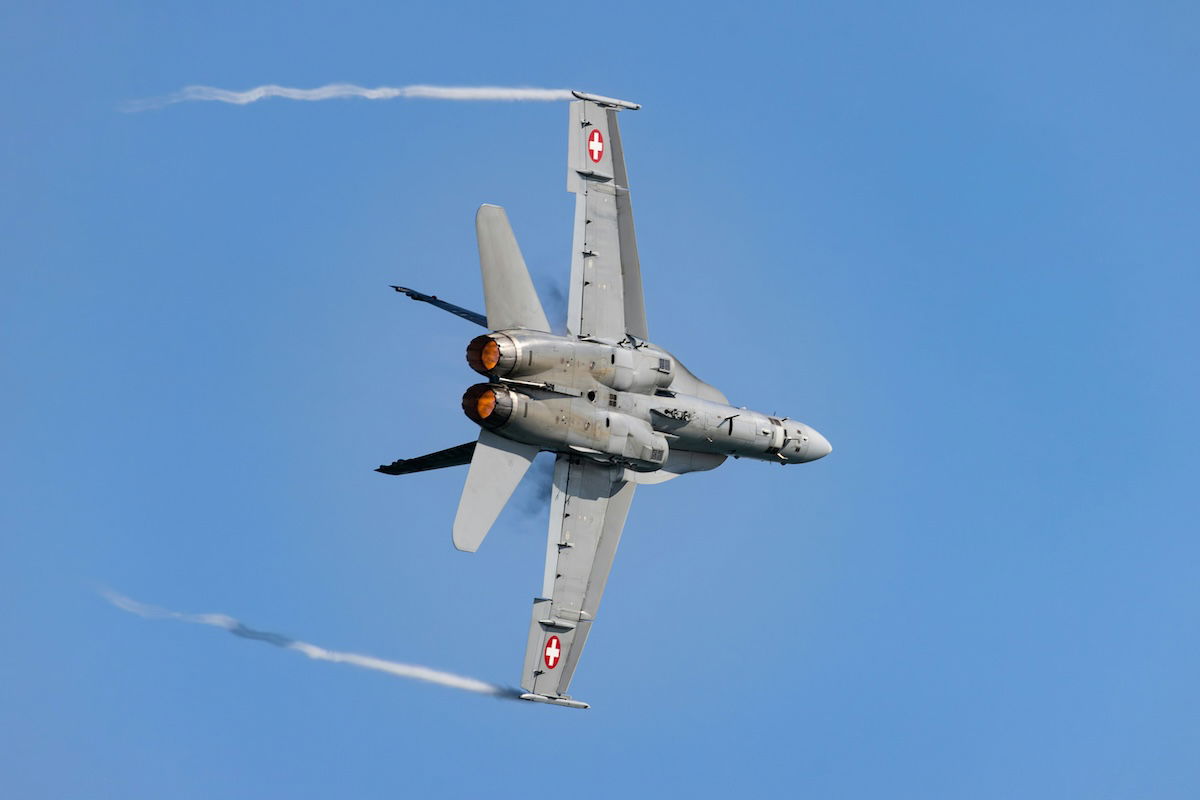
Conclusion: Plane Photography
Aviation is a fascinating subject for photographers. Just like a camera is an extension of a photographer, aircraft lets us achieve amazing feats we couldn’t do on our own!
Just remember to approach aviation photography as you would any other new subject. Take time, consider composition, and remember the golden rule—come prepared!
Check out our Wow Factor Photography course, which includes more tips for high-speed action shots!

- Learn to create stunning images with simple, affordable gear.
- Gain access to 30 unique, creative photography projects.
- Benefit from detailed behind-the-scenes setup and execution training.

